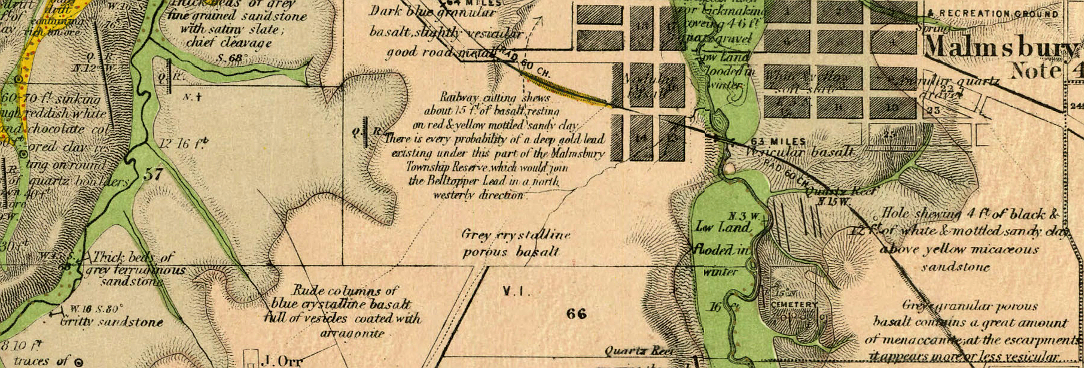Last updated:
Refereed articles

‘The Flat’ at Footscray High School 1976–1986
Expand SummaryState archives present historians, particularly social historians, with challenges. For many decades oral history has been used to fill the gaps in archives and to bring historical stories to life. This paper concerning the establishment of Footscray High School Crèche goes further. It aims to use a dialogue between archival and oral sources to extend the story into different directions and open new perspectives on the past. The crèche was set up by a group of teachers in 1976 and ran for ten years. The history of the centre is not well documented in the archives, although there are clues to its existence. However, it featured very large in the lives of the parents who used it. This article considers the meaning of the different sorts of information about the crèche that can be gleaned from the archival records and from oral testimonies and suggests that this is indicative of the practical meaning of the crèche for its users and state administrators.
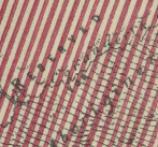
Station era Aboriginal political resistance in the Victorian archives
Expand SummaryThe Coranderrk inquiries and subsequent petition during the 1870s and 1880s have long been considered defining moments in the history of Aboriginal political resistance. By defying colonial authority and making the mistreatment of Indigenous Australians better known to the Victorian public, the people of Coranderrk under William Barak struck an early blow to the oppressive station system under which the lives of Aboriginal people were organised. While the events at Coranderrk are remarkable and important in and of themselves, there has been a tendency to misinterpret their significance to the wider project of Aboriginal political resistance. Far from emblematic of the mission station system as a whole, Coranderrk and the events that happened there reflect a unique set of people and circumstances. Furthermore, the inquiry undertaken by the Victorian Government ultimately supported the mission station system more than it harmed it. I suggest that the nature of 'resistance' must be re-evaluated when considered alongside the unique milieu of the Aboriginal stations. In such restrictive conditions, we cannot expect political resistance to be reflected in large demonstrations but in quiet acts of rebellion that the colonial archive does not acknowledge as such. By re-evaluating historical sources with this fact in mind, the ostensibly banal bureaucratic documents created by the Victorian Board for the Protection of Aborigines actually reveal a dense history of micro-resistance on the Aboriginal stations.
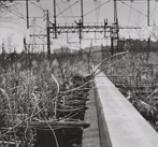
A study in public sector enterprise bargaining before its time
Expand SummaryFrom 16 October to 8 December 1950 Victorian members of the Australian Railways Union (ARU) and the Australian Federated Union of Locomotive Enginemen (AFULE) stopped work. This was the longest railway strike in Victorian history. This article draws on the records of the Victorian railways and unions to explain this unusual strike in which for a time Labor ‘true believers’, Communists and even railways management found a common foe in the Australian arbitration system.
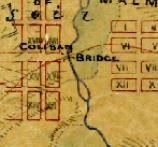
Looking for holes in history
Expand SummaryQuarries, quarrying and stone use in Victoria were an essential part of Victoria’s development and built heritage, but are infrequently considered in historical works. The formation in 2012 of the Heritage Stone Task Group, which will oversee the international recognition of Global Heritage Stone Resources, has the potential to reverse this situation, with nominations for Sydney sandstone and Victorian bluestone already underway. Reasons for researching the subject of building stone can also include analyses of historic landscapes, impact of former land disturbance on current state and local planning issues, an interest in local or family history where quarrying and stone use feature strongly, or heritage issues relating to restoration works. The histories of many of Australia’s iconic, and less well-known building stones, are however poorly documented. Many quarries were on private land and mining law did not generally cover quarrying activity until well into the twentieth century, making such records scarce. Quarries on public land can be explored and researched via public records accessed through the Public Record Office Victoria catalogue and the Victoria Government Gazette. Public records can also reveal quarrying on private land that might otherwise go unrecorded. This paper examines the means by which the history of stone and stone quarries in Victoria can be researched through public archives. By contributing to the understanding of landscape history, building stone heritage and land history research methods, it demonstrates that there is a wealth of knowledge to be gained from examining quarrying history, and assisting the global recognition of our local stones.
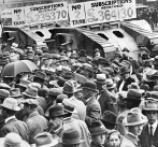
The City of Melbourne 1914–1918
Expand SummaryThis article utilises Melbourne City Council’s Town Clerk’s Correspondence as a critical resource through which to examine the experience of World War I on the home front in an Australian city. It argues that an examination of such records shifts the balance of historiographical attention from the global to the local in critical ways, and, in so doing, demonstrates the ways in which the war permeated every facet of life within the municipality; from the day-to-day running of the city, its economy, public spaces, and social relationships, as well as broader understandings of loyalty, patriotism and citizenship. The article further argues the profound importance of this collection and the ways in which it can be used to tell the big and small stories of war in the city.
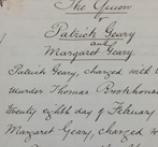
Locating the nineteenth-century Western District rural working class through public records
Expand SummarySquatter Hugh Murray had employed George Ball to build a dry stone wall fence at Ti Tree station on the shores of Lake Corangamite. With just stepson John Baylis for company, Ball went about his task with diligence. Stopping his construction at the sound of his young companion’s cry of 'Rabbit!', George Ball followed the boy as they gave chase to their quarry, tracking the rabbit to the far side of a mound of volcanic rock. For a time, George Ball lost sight of his stepson before finding him at the far end of the stony rise. There John Baylis had unearthed something entirely unexpected from the stones: the boy held a human skull aloft. Late in August 1869, after 15 years, the fate of missing shepherd Thomas Brookhouse had been revealed.
Forum articles

The murder, inquest and abandoned trial
Expand SummaryMary (Molly) Winifred Dean was brutally murdered on 21 November 1930 in the inner-city suburb of Elwood, Melbourne. During the inquest that followed, attention focussed on Molly’s personal life, her torrid relationship with her mother, Mrs Ethel Dean, a widow, and Adam Graham’s possibly improper relationship with Mrs Ethel Dean. Although witnesses to Molly’s journey home the night she was murdered came forward, none actually saw her being attacked. Adam Graham was committed to trial for the murder by the Coroner, however, the Crown Prosecutor did not proceed with the case, presumably due to inadequate evidence.
Insights are sought into Molly’s professional and private life and the circumstances surrounding her death. Aspects of the police investigation and the subsequent inquest are discussed and drawn together to flesh out a rather tragic story. The article draws on the available archival records held by Public Record Office Victoria, essentially the teacher record books and the brief to assist the Coroner. These are supplemented by the extensive newspaper accounts of the time and two well-known books published years later. Unfortunately, the murder remains unsolved!
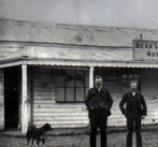
William Doody, who was born on the goldfields in 1855, selected land at Bears Lagoon when he was 18 years old with his father, Joseph Doody. The selections might have gone unremarked and followed familiar patterns of hard work, and success or failure depending on their skills, entrepreneurial abilities, or luck. However, that was not to be. The Doodys and neighbouring selectors became locked in conflict for many years with powerful pastoralist interests represented by squatter John Ettershank. The Doodys and a dozen or so other selectors had selected blocks of land that John Ettershank regarded as his own. It set off a long and bitter struggle recorded in great detail in the Department of Crown Lands and Survey (Lands Department) records now held by Public Record Office Victoria. These records reveal, at the ground level, the conflict between the great squatters and 'liberal' governments, and between the selectors and the squatters themselves, illustrating the history of the struggle over land in Victoria.
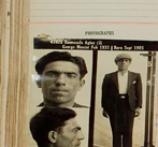
This paper describes the author's search in Public Record Office Victoria and in Australian newspapers for criminal activity by the Maltese. What started as a search to find Maltese women criminals in the nineteenth-century evolved and changed into a more general search dictated by the history and availability of the historical sources. This paper gives some background on Maltese migration to Australia, followed by an explanation of how this history constrained the particular study on Maltese criminals. A possible explanation is given as to why no Maltese women criminals were found and how other women criminals proved to be quite interesting. Some comparison is also made between the crimes of Australian women who were not Maltese in the nineteenth century and the crimes of Maltese women in Malta in the eighteenth century. The author's first encounter with Maltese women in the records are mentioned, and then the focus shifts to the small number of Maltese male criminals in Australia, giving some indication of what the nature of their crimes were in early twentieth-century Australia.
Material in the Public Record Office Victoria archival collection contains words and descriptions that reflect attitudes and government policies at different times which may be insensitive and upsetting
Aboriginal and Torres Strait Islander Peoples should be aware the collection and website may contain images, voices and names of deceased persons.
PROV provides advice to researchers wishing to access, publish or re-use records about Aboriginal Peoples
